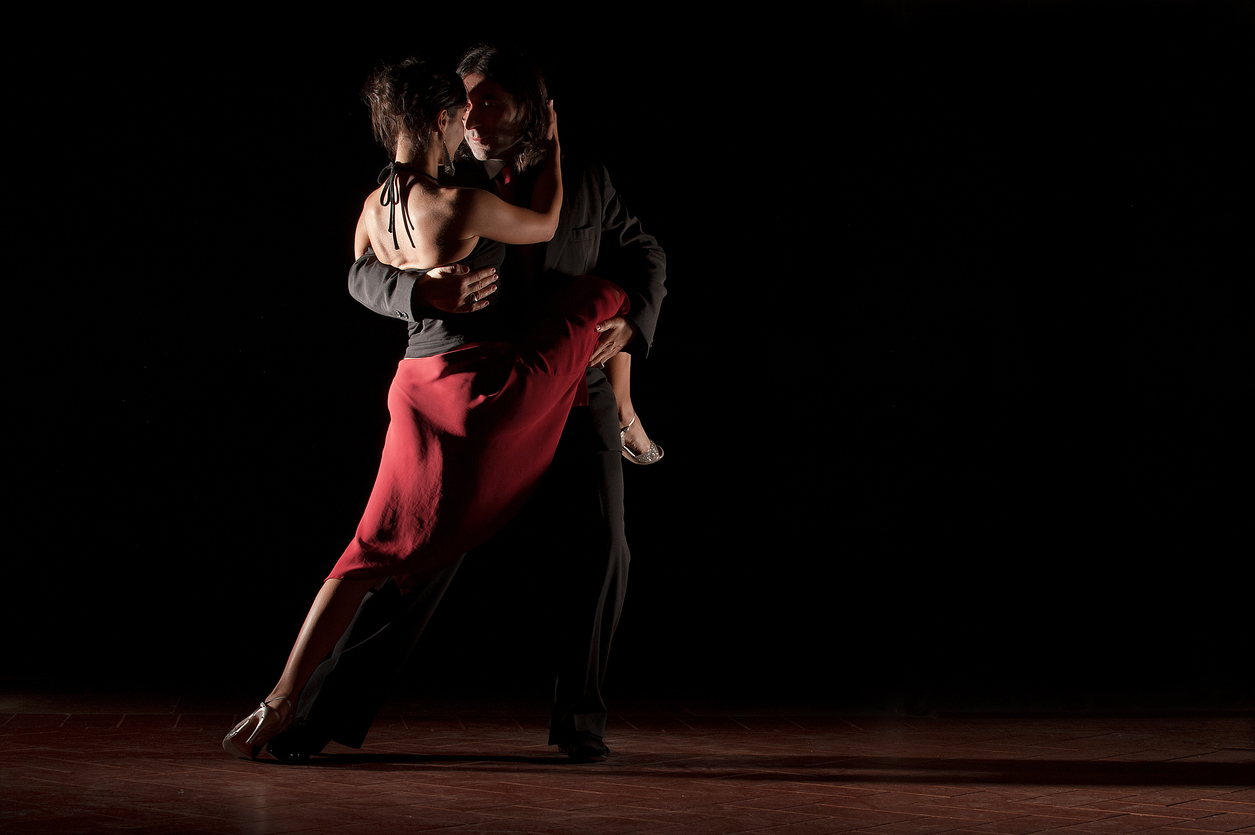
You don’t need a rose between your teeth or a red dress that swishes with every step. You don’t need perfect posture, perfect rhythm, or a partner who knows what they’re doing. What you need — if you want to learn tango in Buenos Aires — is humility, patience, and a willingness to get lost in a conversation that doesn’t use words.
Because tango is not just a dance. In Buenos Aires, it’s a language. A ritual. A way of understanding time, touch, and tradition. And learning it as an outsider means stepping into something sacred — not as a performer, but as a participant.
This is a real-world look at what it’s like to learn tango in its birthplace — the thrills, the awkwardness, the etiquette, and why it’s one of the most quietly transformative things you can do in Argentina’s capital.
First: What Is Tango Really?
Tango was born in the working-class neighborhoods of Buenos Aires and Montevideo in the late 1800s — a fusion of African rhythms, European melodies, and criollo culture. It came from the fringes: immigrants, laborers, brothels. Over time, it rose into salons and symphony halls, but it never lost its edge.
Today, it’s Argentina’s national dance. Elegant, improvised, deeply intimate — a walking embrace performed to music soaked in longing. But it’s not choreographed like salsa or ballroom. Tango is a dialogue. The lead proposes. The follow interprets. Every step is decided in the moment. It’s less about performance, more about connection.
Where to Start: Tango Lessons for First-Timers
If you’ve never danced a step of tango in your life, don’t worry — Buenos Aires is built for people like you.
Options include:
- Group classes – Affordable and social. Great for getting comfortable. Offered at milongas (more on that later), cultural centers, and private studios.
- Private lessons – One-on-one attention, faster progress, slightly higher cost. Excellent if you want to learn technique or feel overwhelmed in crowds.
- Tango schools – Full courses spanning weeks or months. Best if you’re staying long-term.
Popular places for classes:
- La Viruta – Casual, energetic, and beginner-friendly.
- El Beso – A little more traditional, good for technique-focused learners.
- Tango Brujo or DN Studio – Private and semi-private options with experienced instructors.
Pro tip: Many classes don’t require a partner. You’ll rotate during group lessons, and most studios are welcoming to solo travelers.
What the First Class Feels Like
You walk in feeling nervous. Maybe underdressed. Maybe overdressed. You see couples moving like water, and you wonder what the hell you’re doing there.
Then the instructor claps, the music starts, and you begin with the most basic thing: walking. That’s it. Tango begins with the walk.
You learn how to stand. How to feel your partner’s axis. How to move in sync, not through steps, but through intention.
It’s awkward. You’ll step on feet. You’ll forget to breathe. But then — at some point — something clicks. For a few seconds, you and your partner move as one. You’re not thinking anymore. You’re listening. And you’re hooked.
The Milonga: Where Tango Lives
A milonga is a social tango event — part dance party, part cultural ceremony. Locals show up dressed for connection, not performance. Beginners mix with seasoned dancers. No one cares if you’re a tourist — if you’re respectful, you’re welcome.
Some milongas are quiet, dimly lit, with live music and dancers barely whispering across the floor. Others are packed, rowdy, with booming speakers and beer bottles under the tables.
Famous milongas to try:
- Salon Canning – Legendary spot with a balance of locals and visitors.
- La Catedral – Bohemian, funky, candle-lit atmosphere in a converted church.
- Maldita Milonga – Live orchestra, younger crowd, high energy.
- Milonga Parakultural – Held at a theater, perfect for first-timers with bold energy.
Etiquette Matters
Tango has its codes — not to exclude, but to protect the space.
- Cabeceo: Dancers invite each other with a glance and a nod. It’s subtle, respectful. If you meet eyes and nod back, that’s a yes. If not, no harm done.
- Don’t cut in. Let dancers finish the tanda (set of 3–4 songs) before asking.
- Don’t give unsolicited feedback. You’re not there to teach. You’re there to share.
- Wear shoes you can pivot in. For women: heels are optional. Comfort is not.
You’ll mess up the rules. Everyone does. Just be polite, and people will meet you halfway.
The Emotional Learning Curve
Learning tango isn’t linear. Some nights you’ll feel invincible — gliding across the floor, reading your partner’s mind. Other nights, you’ll feel like your feet are made of wet cement.
That’s normal. Tango isn’t just physical — it’s emotional. You’re exposed. You’re vulnerable. You’re letting someone into your personal space — and you’re doing it without words.
But that’s the beauty of it. You’ll learn more about yourself in a 3-minute tanda than in most therapy sessions. Tango teaches presence. Listening. How to be clear, and how to receive.
And when it works, even for a moment — it feels like flying.
How Much It Costs
- Group class: $5–15 USD (often includes free entry to the milonga after)
- Private lesson: $25–50 USD/hour depending on the teacher
- Milonga entrance: $5–10 USD, sometimes with a drink included
- Shoes/clothes (optional): You don’t need fancy gear, but if you get serious, custom tango shoes are worth the splurge (~$100–150 USD)
When to Go
Tango is year-round in Buenos Aires. But spring and fall (October–November or March–May) offer mild weather and plenty of cultural events.
Tango Festival & World Cup: Held every August, this is the ultimate tango immersion — classes, competitions, free performances across the city.
What You’ll Take Home
You may not leave Buenos Aires as a tango master. You probably won’t win competitions or pull off complex figures.
But you will:
- Walk taller
- Listen more closely
- Embrace silence
- Understand that connection can be built in stillness
You’ll carry the music in your bones. The posture in your spine. And maybe, just maybe, you’ll find a piece of yourself you hadn’t met before.
The Bottom Line
Learning tango in Buenos Aires isn’t about the dance. It’s about entering a world built on trust, timing, and tenderness. It’s about standing close to a stranger, moving together, and realizing that not everything needs to be said aloud to be understood.
You’ll be clumsy. You’ll laugh. You’ll feel foolish. And you’ll fall in love — not necessarily with a person, but with the space between steps.
So go. Walk into the milonga. Say yes to the cabeceo. Feel the music. And let yourself be moved.







